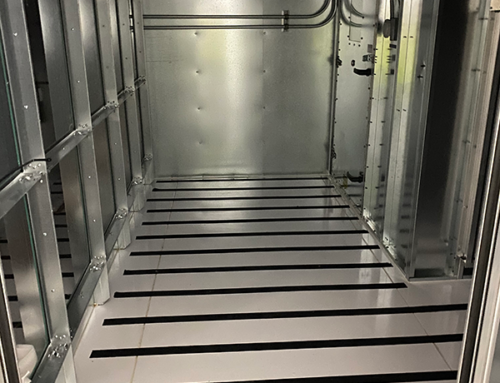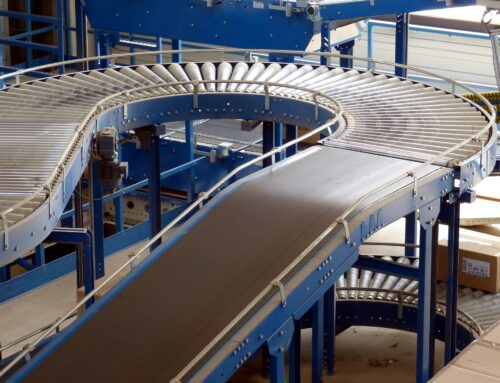The health and safety of your employees is important. We know that and we are fortunate to work with so many clients that have this as a top priority. Sometimes, a building with poor indoor air quality can cause employees to feel sick when they enter the building. This is called sick building syndrome.
Sick Building Syndrome (SBS) is when occupants experience short term health problems caused by poor indoor air quality in a building. The sickness can range from a stuffy nose to cancer and most side effects go away when the employee takes time away from the building. A building is considered sick when there is a known, identifiable cause of symptoms that employees are experiencing. It can be hard to trace but every complaint should be taken seriously. Thankfully, sick building syndrome can be prevented by regular maintenance of the facility.
Ways to Identify
Sick building syndrome should not be confused with building related diseases. Building related diseases are able to be identified in the building as causing a specific disease for a number of employees. Sick building syndrome is different because there are many different side effects for employees and everyone can be affected differently. The symptoms should also go away shortly after the person has left the building if they are experiencing sick building syndrome. Building related diseases do not go away when you take time away from the building.
Identifying sick building syndrome can be difficult. Since everyone may experience the symptoms differently, it is hard to pinpoint if there is an issue in the building. The most common symptoms of SBS are:
- Stuffy nose
- Sinus infection
- Watery eyes
- Nausea
- Headaches
- Nosebleeds
- Hoarseness
- Swelling of ankles and legs
- Dizziness
- Dry, itchy skin
While this is a thorough list, it is not comprehensive and other similar symptoms could be experienced by employees in sick buildings. The biggest identifier to sick building syndrome is if the employee reports that the symptoms go away when they leave the building. This could be each night when they go home, over a weekend where they are not at the building, or after a vacation. When they re-enter the building, the symptoms are likely to resurface if they are experiencing sick building syndrome.
Most Common Causes
The most common reported causes of sick building syndrome are inadequate ventilation, common chemicals that emit air pollutants inside the building, and common chemicals that make their way into the building from outside sources.
Inadequate ventilation can include dangerous dust buildup in HVAC systems, excessive moisture, issues in temperature regulation, and more. Common indoor air pollutants can be found in paints, upholstered furniture, carpeting, and cleaning agents. Outdoor pollutants can include exhaust from motor vehicles or nearby industrial facilities. Again, this list is not comprehensive but does allow you to get the general idea of where common air pollutants can come from.
Ways to Improve Indoor Air Quality
The best way to improve your indoor air quality is to keep your building clean and take good care of it.
- Clean up wet or damp areas as soon as possible to get moisture out of your building in a timely manner.
- Make sure your HVAC systems are operating properly and bring in enough outdoor air to create proper ventilation. Industrial fans can be installed to help aid in that ventilation.
- Performing regular HVAC maintenance can ensure that your building is being looked at by a professional in regular intervals and that they are able to catch any necessary action.
- Choose interior materials carefully. Look into materials that focus on natural elements and limit the air pollutants that will be emitted.
- Open windows when you can to improve natural ventilation and increase the fresh air in the building.
Clear Air Enviro-Services has many service offerings that fit into helping you keep a safe and healthy building. We know that employees are the number one priority in any business and we want to help you in any way that we can. Sick building syndrome should be taken seriously and each complaint should be investigated. We are happy to stop out to assess your situation and offer a preventative maintenance plan to move forward. Reach out to one of our professionals today!




